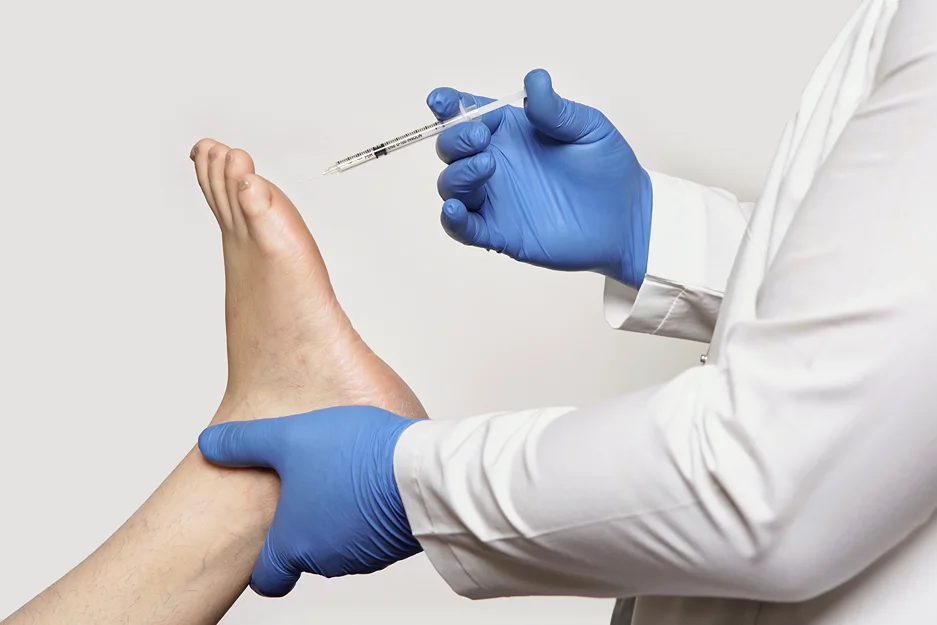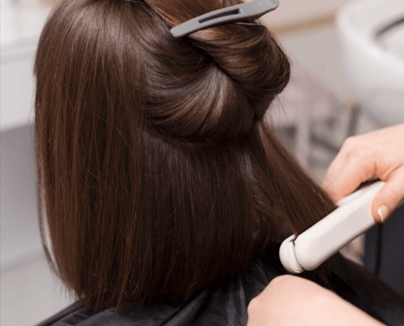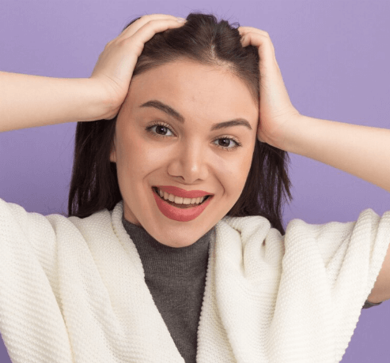Sweaty feet, also known as plantar hyperhidrosis, can make everyday life uncomfortable—from walking in sandals to wearing closed shoes. It’s not just about wet socks or slippery insoles—it’s about social embarrassment, hygiene issues, and sometimes even skin infections.
If you’re searching for a long-lasting and medically-proven solution, Botox (botulinum toxin type A) may be an option. Korean dermatology clinics, known for their advanced aesthetic and medical dermatology care, are offering Botox injections to treat excessive foot sweating. But how safe and effective is it?
Here’s a medically grounded explanation—and what Korean dermatologists typically say when treating plantar hyperhidrosis.
What Is Plantar Hyperhidrosis?
Plantar hyperhidrosis is a type of primary focal hyperhidrosis, characterized by excessive sweating of the soles of the feet. It’s not related to temperature or physical activity and often begins in adolescence or early adulthood.
Common symptoms include:
- Persistent foot moisture
- Unpleasant odor due to bacterial buildup
- Discomfort in shoes (slipping or chafing)
- Cold, clammy feet even in dry weather
- Higher risk of fungal infections or foot eczema
- Social anxiety (e.g., taking off shoes in public)
How Does Botox Treat Foot Sweating?
Botox works by blocking the nerve signals that activate sweat glands. When injected into the soles of the feet, it temporarily shuts down the eccrine glands responsible for excessive sweating.
Korean dermatologists explain it this way to patients:
“Botox temporarily calms the overactive nerve signals to your sweat glands. It doesn’t affect the whole body—it only treats the local area where it’s injected.”
Is Botox for Foot Sweating Safe?
✅ According to Korean doctors:
Yes, Botox for plantar hyperhidrosis is safe, when performed by a trained medical professional in a clinical setting.
However, Korean dermatologists will typically inform patients of the following:
Pros:
- FDA-approved for underarm sweating (used off-label for feet)
- Minimally invasive and non-surgical
- Reduces sweat production by 70–85%
- Improves foot hygiene, odor, and comfort
- Effects last 4–6 months on average
Important Considerations:
- Injections into the foot sole can be painful due to the thicker skin and dense nerve endings. Most Korean clinics offer nerve block anesthesia or cooling sprays to manage pain.
- Results may vary based on sweating severity and individual response.
- May need repeat treatments every 4–6 months to maintain dryness.
- Compensatory sweating (sweating in other body parts) is rare but possible.
What Do Korean Dermatologists Typically Say Before the Procedure?
Here’s how a Korean skin specialist might explain the process:
“Plantar injections are more sensitive than underarm treatments, so we may use a topical numbing agent or local block to ease discomfort. The treatment takes 20–30 minutes, and most patients feel only a brief sting during the injections. You may need 50–100 units of Botox per foot, depending on the sweat intensity.”
The Botox Foot Sweating Procedure in Korean Clinics
1. Initial Consultation
- Assessment of foot sweating severity
- Review of medical history (neuromuscular issues, allergies)
- Explanation of risks, benefits, and alternatives
2. Preparation
- Cleanse and disinfect the foot
- Apply numbing cream (30–40 minutes)
- Some clinics may offer nerve blocks for complete comfort
3. Injection Process
- 20–30 microinjections per sole using a very fine needle
- Treatment time: 20–30 minutes
- You can walk afterward, though some soreness is expected
4. Post-Treatment Advice
- Avoid high-impact activities for 1 day
- Full results develop in 5–7 days, peak in 2 weeks
- Follow-up visit may be scheduled in 2–3 weeks
How Much Does Botox for Foot Sweating Cost in Korea?
The treatment cost depends on the clinic and the number of Botox units used.
| Clinic Area | Average Cost (USD) |
|---|---|
| Seoul/Gangnam | $400 – $700 per session |
| Busan/Daegu | $350 – $600 |
| Add-ons (Nerve block, Laser combo) | +$50 – $100 |
Foreign patients are often eligible for VAT refunds and clinic discounts.
Who Is a Good Candidate?
Korean doctors recommend Botox for plantar sweating if:
- You’ve tried antiperspirants, iontophoresis, or oral meds without success
- You’re not pregnant or breastfeeding
- You don’t have neurological or muscular disorders
- You can commit to repeat treatments for maintenance
- You want non-surgical, localized relief
Are There Alternatives?
Korean clinics may also recommend:
- Iontophoresis (low-voltage electrical therapy)
- Microneedle RF for sweat gland control
- Surgical options (sympathectomy – rarely recommended for feet)
- Oral anticholinergics (like glycopyrrolate – with systemic side effects)
Still, Botox remains one of the most effective localized options.
Final Thoughts: What Korean Dermatologists Recommend
Botox for foot sweating is both safe and effective when performed by a qualified doctor. In Korea, where aesthetic and dermatologic standards are among the highest globally, patients benefit from:
- Advanced pain management options
- Accurate injection mapping
- English-speaking staff for international patients
- Transparent pricing and medical ethics
🧑⚕️ “For many patients, Botox offers freedom from the discomfort and embarrassment of sweaty feet. It’s not permanent, but it’s highly effective and worth the relief.” — Dr. Kim, Board-Certified Dermatologist, Seoul
Ready to explore foot Botox treatment in Korea?
We can recommend top-rated Korean clinics, complete with:
- English consultations
- Pain-free options (nerve block)
- Transparent pricing for medical tourists
- Same-day service and aftercare support
Let me know if you’d like a clinic list or sample booking message in Korean or English!




